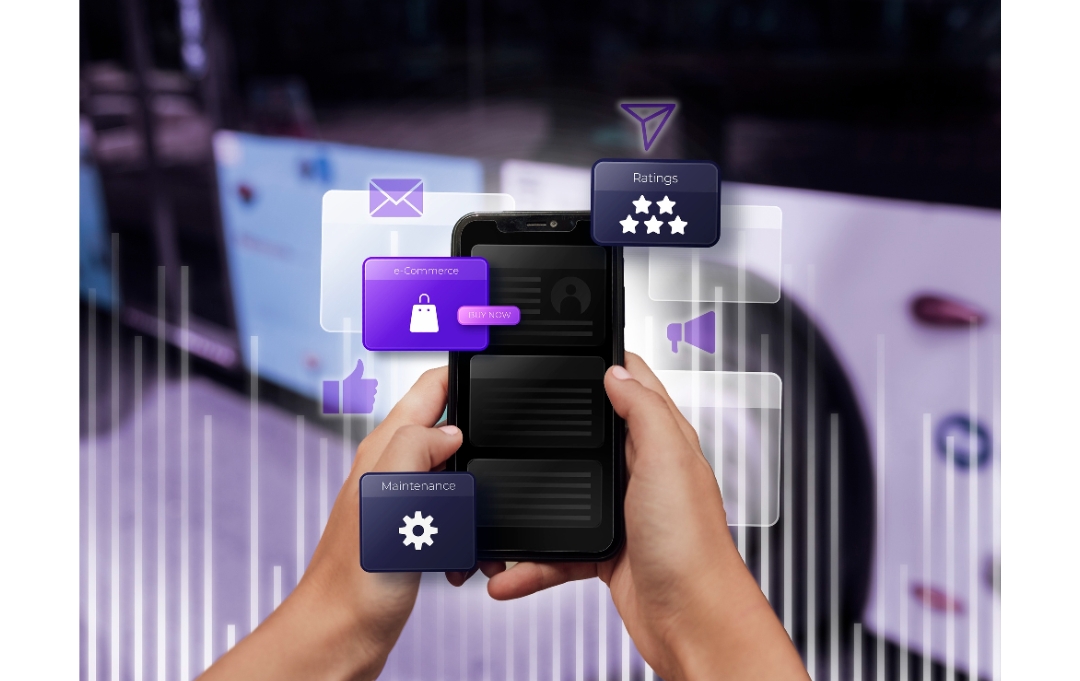In a world that is becoming more and more linked, where instant messaging is the basis of both personal and business contacts, the security of our messaging platforms has never been more important. In the past, a simple text message or email was enough. But now, the digital world needs strong, reliable, and almost unbreakable ways to talk to each other. Cloud messaging has grown into a complex ecosystem that offers features that go far beyond basic chat operations. It is no longer just a way to have casual talks. As more and more people look for ways to communicate that are safer than old ones, like telegram 下载 it’s important to grasp the complex security architecture that makes these modern platforms safer than others. This essay goes into great detail on the many security benefits of modern cloud messaging and how it keeps our online conversations safe.
Strengthening identity: new ways to certify
Cloud messaging services use complex authentication mechanisms to ensure that users are what they say they are and prevent anyone from entering accounts without permission. Modern systems use multi-factor authentication (MFA) as a major safety measure, and password-based logins are only early stages. MFA requires users to give two or more different verification factor, such as a password and a one-time code given to the mobile device, or biometric scan like fingerprint. This tiered method makes it very difficult for bad actors to achieve it, even if they stole or guess a certification element.
Some platforms also have Single Sign-On (SSO) solutions built in, which makes the user experience easier by letting one set of credentials access many services. SSO implementations in secure cloud messaging can be convenient, but they need to accounting for the fact that the authentication process itself needs to be very safe. Another smart layer is adaptive authentication, which looks at things like location, device, and time to figure out how risky an access attempt is. This flexible method can add extra verification steps for logins that look suspect. This stops possible breaches before they happen and makes sure that only real users can get to their messaging accounts, changing security according on the situation.
Protecting Data: Storing Messages Safely in the Cloud
It is equally important to keep the messages safe when they are to protect them after they are sent, while they are in the cloud. Safe cloud messaging platforms, when they are stored, use various methods to protect communication, so they remain private even when they are on the server. This means usually encrypting data on the server side, which means that messages are converted into a format that cannot be read after reading and storing. For this stored data, encryption keys are protected in the best way, sometimes with different major management systems that do not keep the data themselves.
In addition, platforms usually have strong access controls and rigid rules of how long they have data. This means that only those who have been allowed can see encrypted communication materials. The messages are usually kept for a fixed time before being safely removed. Some services provide “zero-knowledge” storage, which means that the service provider cannot decryp the messages that are stored because the user is only one that has encryption keys. This promise to protect the data ensures that the confidentiality of communication is preserved during their life cycle, ranging from storing, which makes users more confident that the platform can protect their information.
Strong API security to protect the gates

Cloud messaging services depend on the application programming interface (API) to make each other easy to talk to different parts and outside apps. It is very important to protect these APIs from unwanted access, data violations and system manipulation. Modern cloud messaging companies use many different security precautions for their APIs, such as strong certification and permission mechanisms for all API calls. This ensures that only actual apps and services with the right credentials can connect to the backnd of messaging platforms.
Advanced API safety solutions also monitor API traffic for strange trends and prevent potential risks such as cruel attacks, injection efforts and abuses of APIs in real time. In addition, rate control, input verification, and strong error handling are important to prevent bad ones from taking advantage of the system. Cloud messaging companies make their APIs a strong defensive circumference by carefully securing their APIs. This messaging protects the integrity and privacy of ecosystem from external threats and opens a safe and reliable communication route for all users.
Getting through the regulatory maze: compliance and data governance
Cloud messaging services will have to deal with many different rules and standards for data governance and compliance in today’s global world. GDPR (General Data Protection Regulation), HIPAA (Health Insurance Portability and Accountability Act), and ISO 27001 are not only essential by law, but it is also an important part of the building trust. These rules provide very strict standards for the privacy, security and integrity of data, especially when it comes to individual identifying information (PII) and sensitive data.
Cloud messaging companies indicate that they care about safety by obtaining independent audit and certificates that show that they can complete or cross these regulatory standards. This means that to ensure how the data is handled, there are clear rules for this, how long it can be placed, and people can be empowered over their own data. Users can better understand how their information is collected, used, and when data processing agreement and privacy statement are clear. These platforms first complied, which gives consumers peace of mind that their interaction is not only technically safe, but also managed in a way which is legal and moral. This helps determine a global standard for data protection.
Proactive Defense: Finding threats and responding to them
Even with the best preventative measures, the threat landscape is always changing, thus we need advanced threat detection and quick incident response capabilities. Secure cloud messaging platforms use advanced monitoring systems that keep an eye on network traffic, user behavior, and system records all the time to find any suspicious activities or possible security holes. This generally means using AI and machine learning algorithms to find strange things that could be signs of a cyberattack or an insider threat.
When a possible event is found, a clear incident response strategy is put into action right away. It’s also important to quickly let affected users and the right authorities know what’s going on. This helps keep things open and reduces the risk of harm. Cloud messaging companies may lessen the effects of security breaches and swiftly restore the integrity of their services, protecting user data, by investing in proactive threat intelligence and keeping an incident management team that is very responsive.
Device-Level Security: Beyond the Server
The security of the end-user device itself is an important part of the entire messaging safety chain, even though cloud infrastructure security is the most important thing. Safe cloud messaging apps contain characteristics that make the equipment safe because they know that even the safest cloud service can be hacked even when the endpoint is weak. This includes a strong local encryption of the message data stored on the device, which is often protected by the device underlying safety mechanisms, such as biometric authentication or strong passcode.
In addition, these apps usually have characteristics that prevent someone from entering the app without permission, such as app-specific locks or the ability to wipe the data from a distance from a lost or stolen device. Ensure safe updated technology that the application software is always up -to -date with significant safety reforms, which reduces the number of weaknesses. Cloud messaging platforms make more safe and more private than the level of the device, creating a strong range of trusts. This means that the communications are safe from the closing point to the cloud and return again.
Interoperability and Standardization: Beyond the Horizon
As cloud communications gets better, making sure that different platforms can work together and use the same standards will be more and more critical for making security better. Proprietary security procedures give great protection within their closed ecosystems, but the fact that diverse messaging services can’t communicate securely and easily can make them less safe and make it harder for more people to use secure practices. Setting up global, open-source encryption standards and secure messaging protocols could help make communication more unified and safe.
Having such things like this does not matter to people which messaging service they use, so they will not have to give up privacy or security for convenience. This will make safety implementation more open and easy to check, which would be good for the entire ecosystem. In the future, the cloud messaging security will probably need to work together in the industry, which work together to create strong, verified security measures working on all platforms. This global communication will make the infrastructure more reliable and allow users to join confidence.
Cloud messaging has definitely gone beyond its original purpose as a basic way of communicating. It has become a complex system that supports lots that we do online. The safety edge gives that the powerful cryptographic techniques, strict certification protocols, secure data storage and active danger detection layers, showing how devoted to keep the industry user data safe and private. As we use more and more digital communication for anything from personal conversation to important corporate functions, it is important to understand and appreciate these complex safety precautions. Cloud messaging providers are at the front lines of the ongoing war against threats that are always changing. To keep up with these threats, security must also be flexible and creative. For people who want to be sure that their conversations are safe, looking into the details of these platforms, just like looking into a telegram 下载shows a world where strong security is no longer an optional extra but an essential core feature that keeps our interactions safe in a digital world that is becoming more complicated.





























